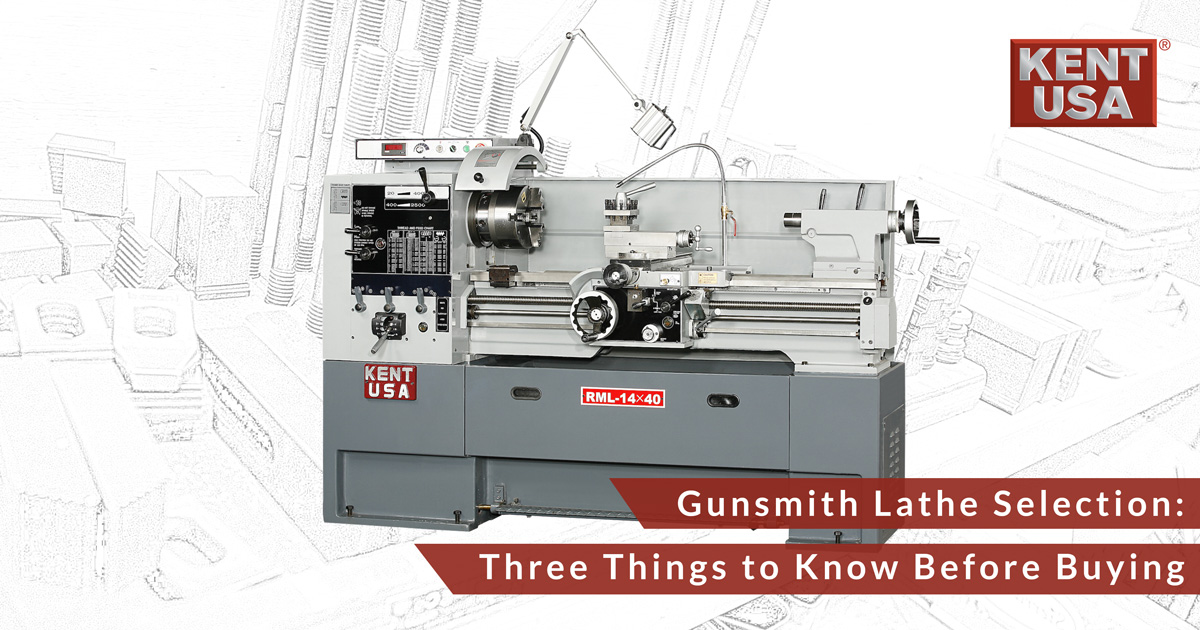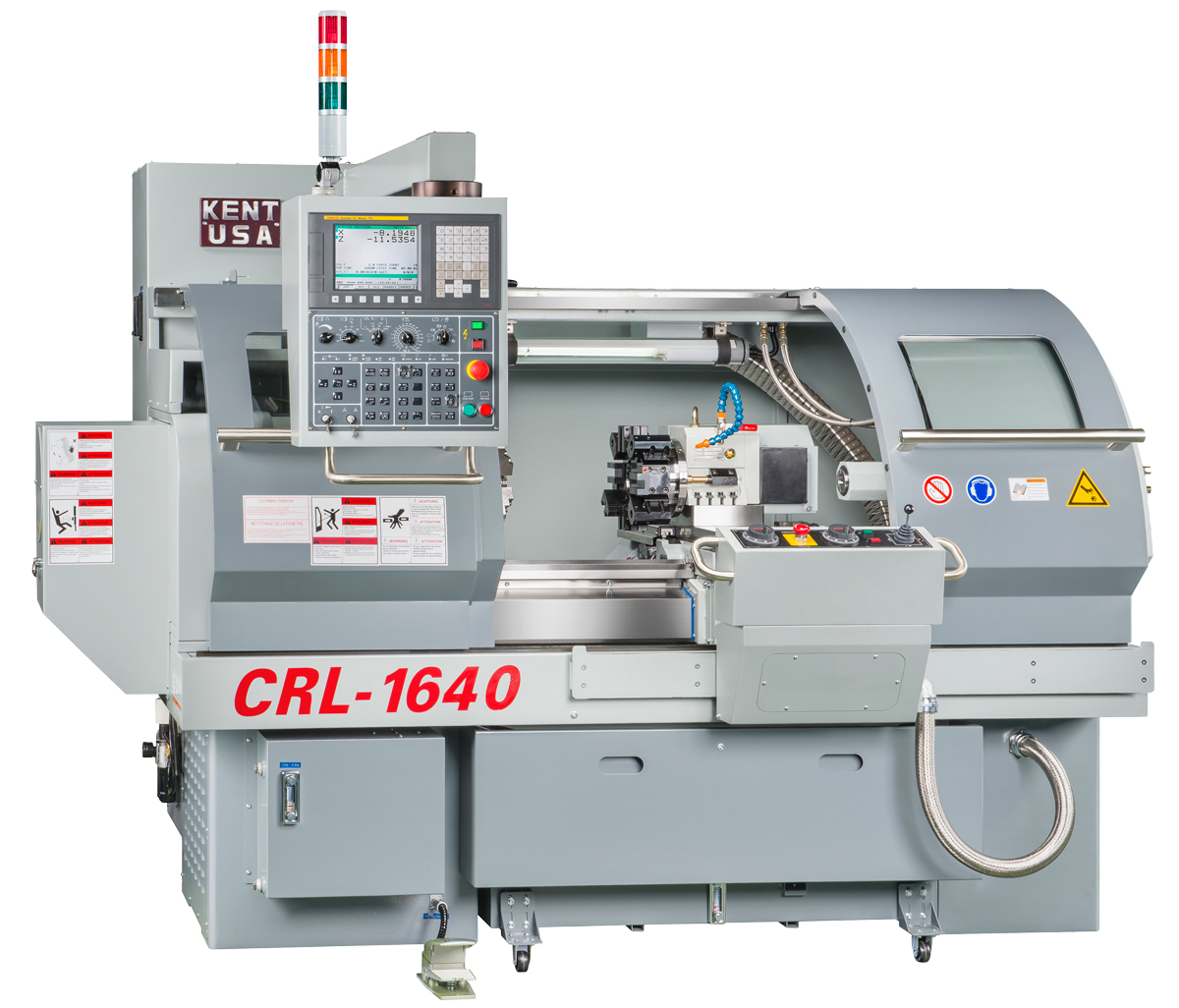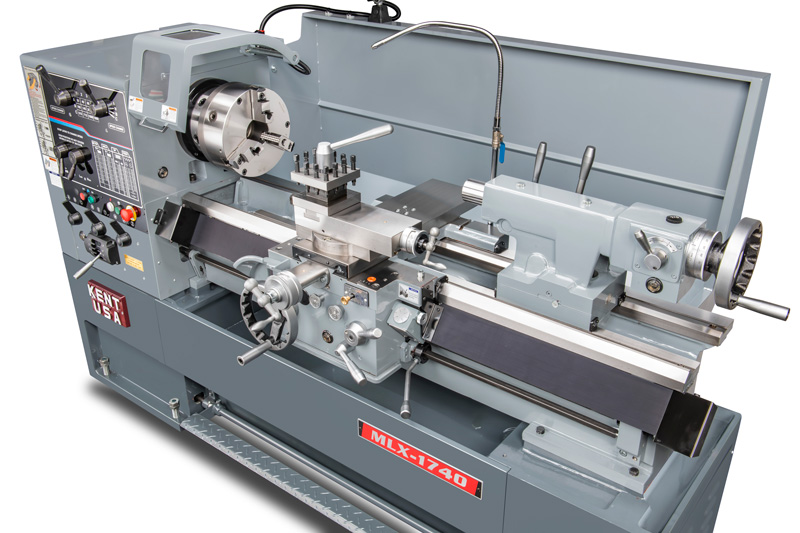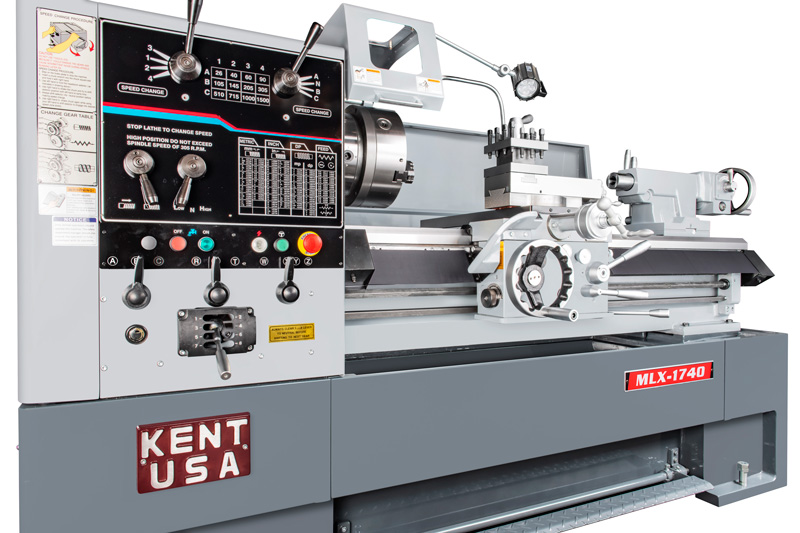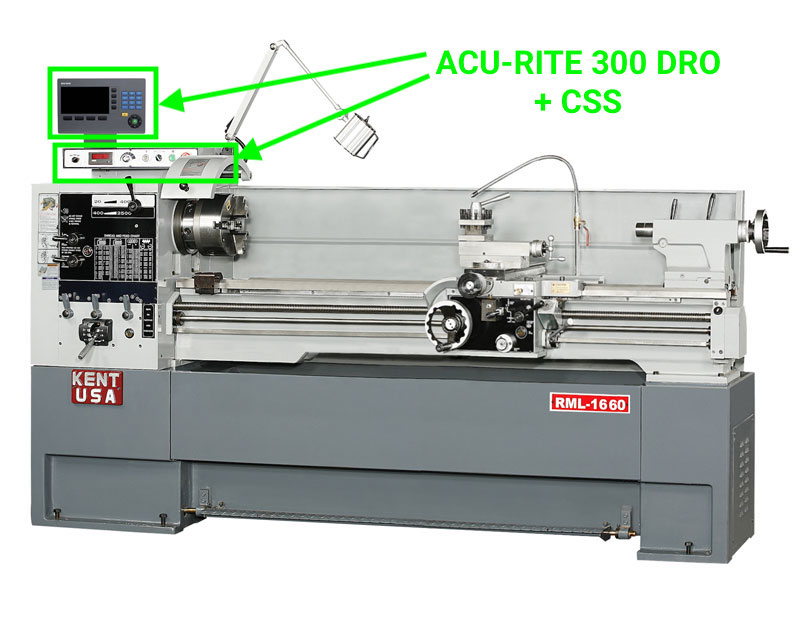Gunsmith Lathe Selection: Three Things to Know Before Buying
In the market for a gunsmith lathe? Do yourself a favor and extend your search to include industrial lathes, manual economy lathes, precision lathes, toolroom lathes, and CNC Teach Lathes. It’s quite possible you’ll save some money by buying a more general-purpose lathe, and will almost certainly have a higher-quality, longer-lasting machine to boot.
What is a Gunsmith Lathe?
In practical terms, only a few differences exist between a “gunsmith lathe” and those listed above. The first is an outboard spider, a device that you place inside the left end of the spindle. It has several brass-tipped screws to support the gun barrel during turning. There’s no magic, but it does raise the price of the lathe.
For me, I’d build my own outboard spider and pocket the price difference. That, or invest the extra cash in a larger lathe or some much-needed accessories. Besides, some of the outboard spiders you see out there are…well, a little unsafe. Those exposed socket-head cap screws spinning at several hundred RPM? All I can think of is loose clothing and ponytails being pulled into the machine. Ouch.
Other Gunsmith Lathe Differentiators
Aside from the outboard spider, you might see things like a torque-wrench equipped tailstock and digital readout (DRO). Cool, right? Not really, and here’s why:
- Consistent tightening of any machine component is a good idea. However, the tailstock on an industrial quality lathe won’t deflect just because you cranked down on the tailstock too hard. To me, the need for a torque wrench on a “gunsmith lathe” indicates less-than-rigid machine construction.
- As to a DRO, by all means, buy one. But here again, you should invest in an industrial grade lathe and commercially available accessories. Where are you going to get support for a DRO that someone has private labeled for a specific machine builder?
Other things that separate the men from the gunsmithing boys include hardened and ground gears and way surfaces. You’ll want plenty of spindle power with generous gear ranges. Inch/metric graduations on the tailstock and feed dials make the machine easier to operate, as do quick-change tool posts, a removable chip pan, flood coolant system, and a foot brake that stops the machine on a dime. And don’t forget to look for the heaviest machine possible, as well as a company that stands behind its products.
Share this article:
